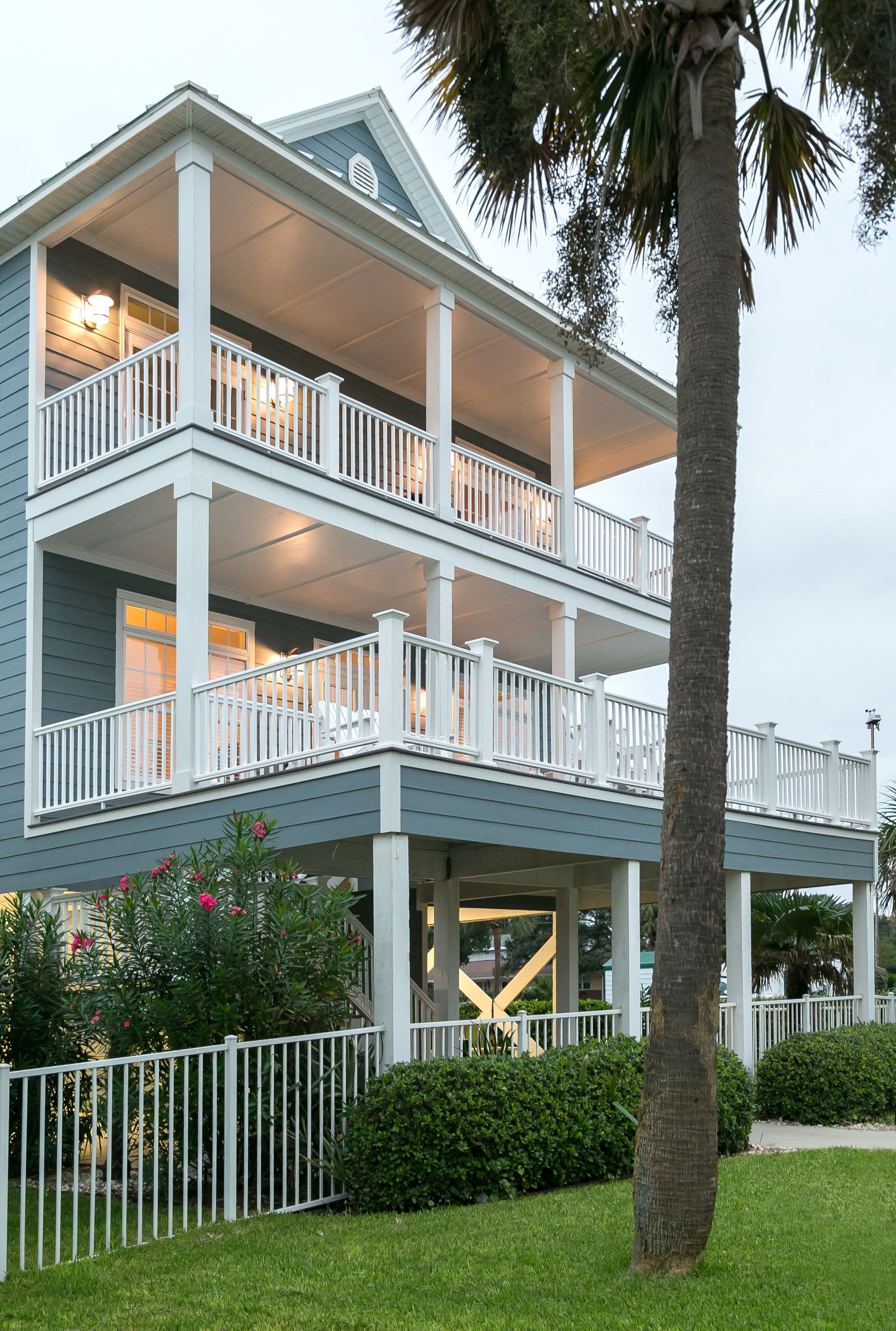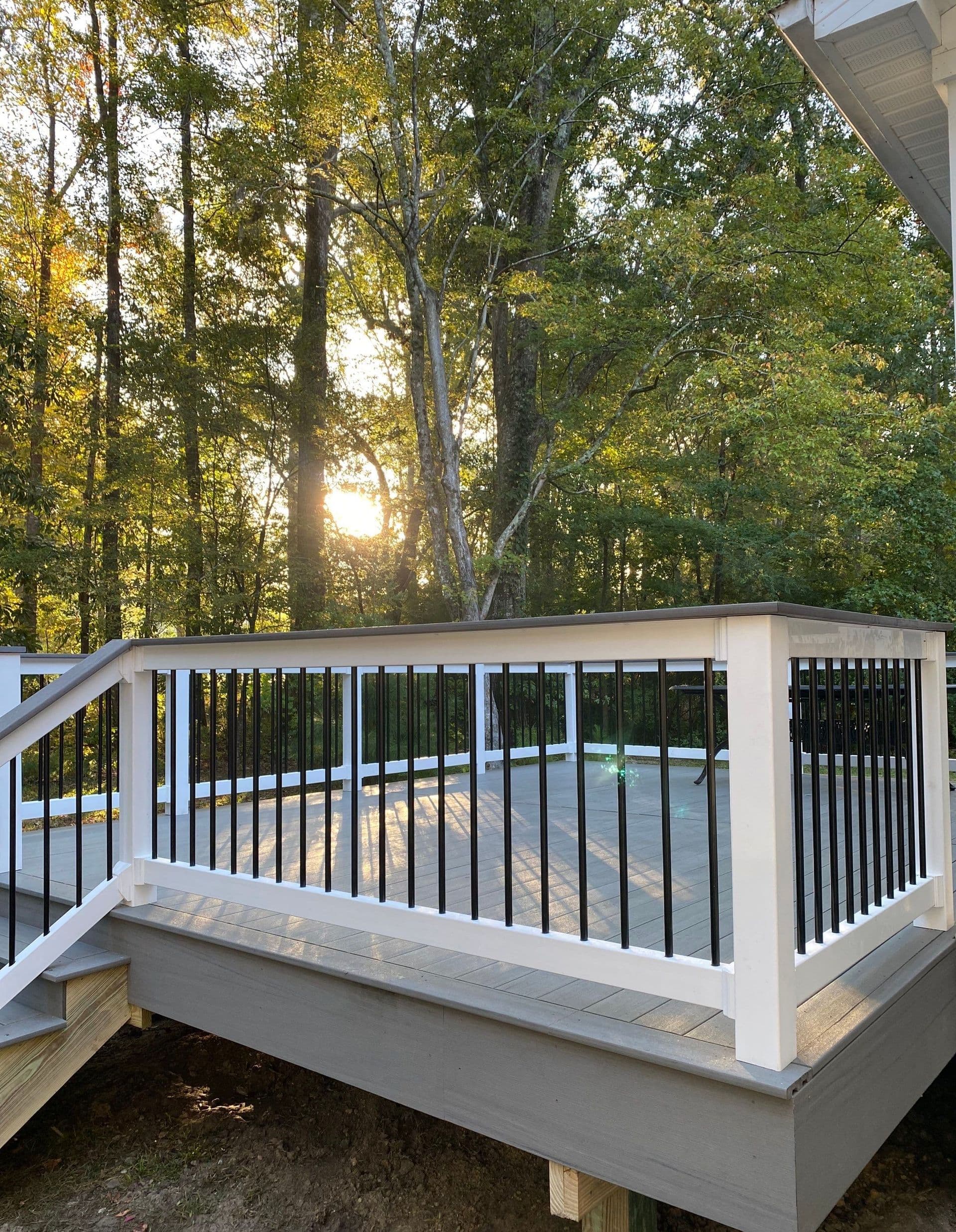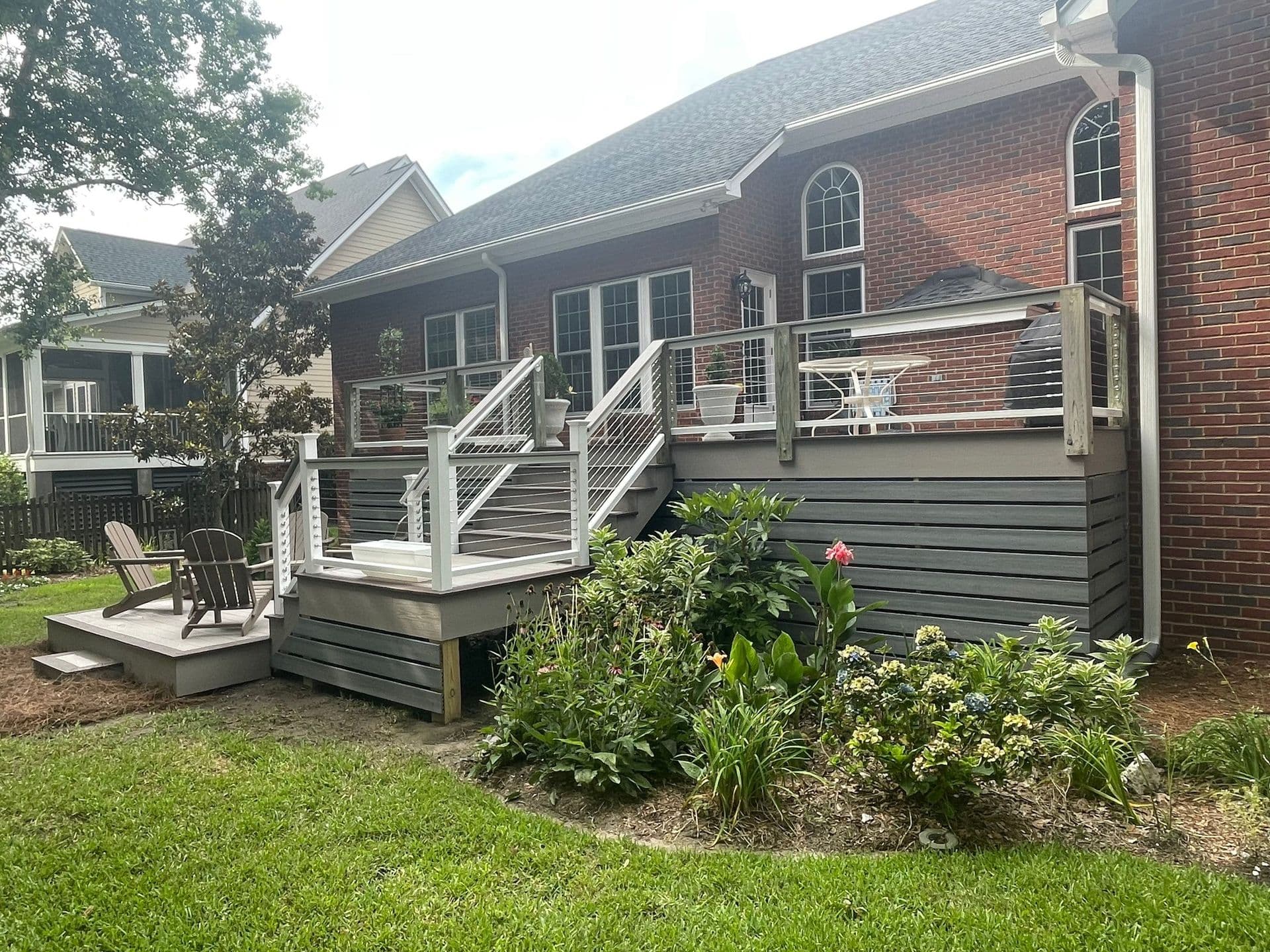5 Tips for Choosing the Right Replacement Door for Your Home

If you’ve ever lived in a drafty apartment on a windy street, you’ve likely experienced the pains of having an ineffective door. Whether the wind is whistling through a crease or actively causing your heating bill to skyrocket, a replacement door is a worthwhile investment.
Here are five tips for choosing the right replacement door for your home:
1. Confirm the Door’s Location in Your Home
The location of your exterior door is critical in shopping.
Are you replacing a front door or a back door? Is the door visible to neighbors? Is it meant to entice and invite guests into your home?
A front door should be inviting to guests and be pleasing to your neighbors. A back or side door should still be aesthetically pleasing, but prove functional over everything else.
If your door prominently faces the sun, ensure it’s properly treated so that it doesn’t fade over time.
2. Determine What Your Door Needs to Do
All doors are designed to 1) keep the desired temperature inside and 2) keep unwanted visitors out. However, depending on your location, you may have to prioritize one over the other. That’s why, when searching for exterior door replacements, you need to know the primary function of the door you’re replacing.
Are you hoping for a secure home, either from intruders or intense weather? Invest in a thick wood or metal door with a capable lock.
Are you hoping for more natural light in your home? Look into doors with windows built-in. They’ll be beautiful to look at both inside and outside the home.
Consider energy-efficiency when purchasing a door. The more windows it has, the more likely it is to leak.
Sliding glass doors are a great example of trade-offs for value. They save space and offer plenty of light into your home. However, they are less secure than a traditional door. Even the thickest glass door pales in comparison to the security of a traditional wood or metal door.
You’ll need to weigh the pros and cons of your door purchase, based on your needs and the location you live in.
3. Make Sure the Materials Make Sense
Once you’ve confirmed the function of the door, you’re ready to determine the materials. Remember, your main objective is to keep the elements out.
Let’s run through a few of the most common types of doors:
- Wooden Doors: These are classic designs that balance security with style. Style is also key, as it can be customized and colored in plenty of ways. While wooden doors are tried and true, they will deteriorate over time and some need to be maintained more diligently than others.
- Steel Doors: These are for those who fear hurricane-level winds or live in a dangerous area. Steel doors are incredibly secure and difficult to break. They can be more expensive upfront. If they do get damaged, they often are difficult to repair.
- Fiberglass Doors: These doors can survive harsh conditions and last longer than wood. They offer insulated cores and are typically lighter than the previous door types. They cost more but can last a long time if maintained.
Prior to purchase, make sure your door matches the measurements of your home. Every door is different and you’d hate to pay for an impressive door only to learn you’ll need to reshape your whole entryway to accommodate it.
The final consideration is the technology for keeping your door shut. Metal doors may benefit from a magnetic system, while traditional doors often use a compression seal. Each has its benefits and both are designed to keep your door shut, consistently.
4. Design Your Door and Decor
Now that you’ve established the function and material, we can talk about design. As we said, the aesthetics of a door are important.
A double-door entrance evokes an air of sophistication and class, while a rounded door can make for a cute, charming entrance to a little cottage or bungalow. Your door says something about your house and that shouldn’t be understated.
Consider the current style of your home when purchasing a new door. Here’s a list of styles below:
- Modern
- Farmhouse
- Spanish
- Contemporary
- Traditional
- Gothic
And so on. It can be overwhelming to hop online and see the possibilities, so use these styles as a jumping-off point. Or you could consider going off-script and trying something entirely new. A dazzling doorway can make your traditional home evoke something completely fresh and unexpected.
A final consideration for purchasing an exterior doorway is whether or not it should include a frame. The frame is a wooden portion surrounding the door that actually connects to the house.
Depending on your situation, you could connect a door to an old frame, or install a completely new one. Each has its trade-offs between cost and design.
5. Cost and Installation
Doors come in so many variations and materials that their costs to buy and install vary pretty greatly. Make sure you take into consideration what it takes to meet your needs.
If you’re concerned a door may be too pricy, consider how efficient it is at keeping bad weather out. The savings-over-time may be worth the higher price-tag upfront
If you’re handy, most doors should come with instructions for proper installation. Some will be more difficult to install than others, depending on your current frame and set up.
If you’re up to the task, make sure you’ve measured your prospective door and doorway prior to purchase to ensure they’re a match! Removing your old door only to learn the new one doesn’t fit is a common tale we hate to hear.
Go Install A Replacement Door Immediately
Now that you know the basics of purchasing a replacement door, start searching for what suits your needs best.
Don’t let a bad door raise your bills and ruin your peace of mind. Contact us today for a quote on door installation. We’re conveniently located in both Charleston and Myrtle Beach and ready to serve you.
Outstanding Reviews
Brooks was my contractor on the project. He was awesome! He was there with me every step of the way! Eugenia was very helpful in the office and assisted me in getting the HOA approval. Jason explained the warranty process and even brought me a cake!
Everyone we came in contact with was very cooperative and easy to work with. It was a pleasant experience from the first online chat. They listened to us and helped solve any issues we were concerned about
Wow, this company goes above and beyond. From the very first reach out to the very last interaction once the job was completed. Everything was done first class. The quality of work, the constant communication and level of service was like nothing I’ve ever experienced with any contractor. I priced out a couple different contractors compared to contractor exteriors and I will tell you I would have paid more just to have this experience with them. I had Jonathan as my project manager and he was exceptional.
Very happy with our new Timbetech front porch deck and steps with AZEK facia and risers. Everyone at CE was responsive and very professional explaining every step in detail! We have several homeowners in our community who have already asked for contact info info. Jonathan is a very good project manager and ensured we were satisfied with the quality, cleanliness, and appearance of our new front porch! Thank you!
In choosing a company to replace our deck, we researched and decided to use Contract Exteriors. We definitely made the right choice. We are very pleased with the results. Special thanks to Brooks, our Project Manager, who kept us updated and informed everyday.
Contract Exteriors did a great job for me. The entire group was very responsive, and my deck project turned out fantastic. My project, as all projects, had some surprises that were handled professionally and promptly. Randy, Brooks, and the office staff were great throughout the process. They proactively kept me informed on the status of the project. I never had to call twice to get a question answered or ask for an accommodation.
We couldn't be happier with contract exteriors and the job they did. Our beach house looks brand new with the new Hardie board and white trim. EVERYONE was friendly, well mannered, professional, and was always ready to answer any questions that we had. Miguel and his crew did an excellent job. Brooks the project manager was wonderful, and also Chad who helped us from the very beginning, also the girls in the office. We would not hesitate to use them again.
This company did an amazing job on my siding project. From start to finish they were very professional, helpful, and on time. Eugenia clearly communicated the whole process to me before they even started the project and Brooks was always available to answer my questions. He even came and ensured the cleanup was perfect and finished up the exterior lighting. Even after the project was finished this company ensured communicated to ensure everything was perfect. Super pleased. Thank you!
Everything about this group was extremely professional. Renovations can be challenging but they carefully made sure that their products and our original structures fit together seamlessly. We are truly looking forward to our new elegant deck that will be essentially maintenance free for many, many years. We will definitely use this company for future projects.
Matt Kuzdrall made our whole experience of purchasing two new roofs for our buildings at the Children's Recovery Center so easy. Matt was professional and had all the answers to any questions we had. He has followed up since our new roofs have been installed to make sure everything is still great. Matt is awesome and I would recommend him to anyone I know looking for a new roof.




Our Teams Are Conveniently Located Near You





